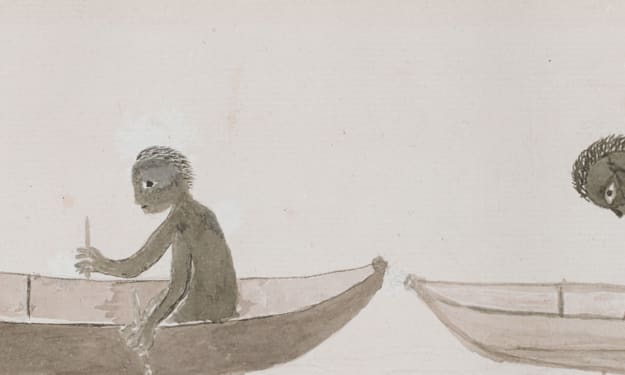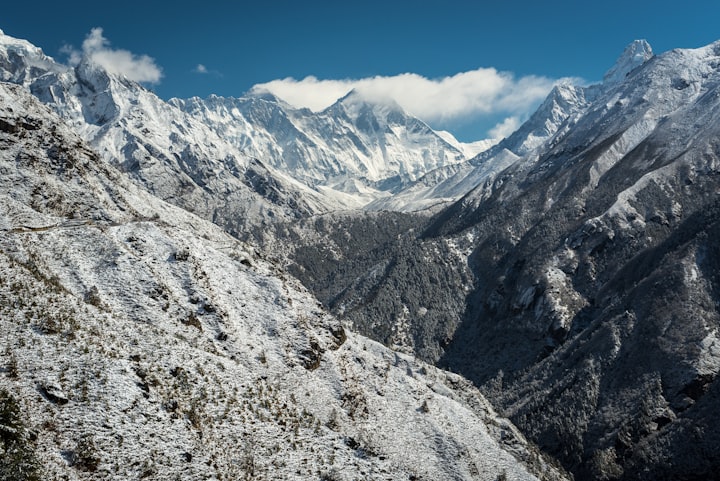Who's afraid of a fat-ass wombat?
Stumbling upon a marsupial haven in Tasmania

First of all, let me lay my cards on the table and unashamedly declare my bias.
I absolutely adore wombats (vombatus ursinus) and, until a family holiday to Tasmania, in 2017, I'd never actually encountered or seen one in the wild.
Renowned for their marsupial version of "junk in the trunk" hence a chubby waddle, and cube-shaped poo, wombats are rather humorous creatures which spend between three and eight hours a night grazing on their favorite food, native grasses.
And this is exactly how I got this photo. My daughter and I were on a night tour from Cradle Mountain Lodge when the bus pulled off the road near a vast swathe of grassland.
Cradle Mountain Lodge is located on the edge of a sprawling tract of protected wilderness home to a myriad array of wildlife. When we arrived, we saw an echidna burrowing next to the front gate and wallabies freely fossicking about the grounds. We had to pinch ourselves to check we went dreaming.
It was surreal to be surrounded by so many creatures great and small, most of which seemed entirely oblivious to our presence. It's how I imagined Eden must have been.
Anyway, back to the night tour. Once the bus had pulled over and disgorged its cargo of camera-toting tourists into the pristine wilderness, silence descended on the group. We were quite simply awestruck at the sight which unfurled before us.
It was like a scene from "Jurassic Park", hundreds of wombats grazing as far as the eye could see, bathed in the pink and orange hues of a wintery sunset.
The silence was shattered by our rather officious tour guide: "Don't approach the wombats," he barked, "they may look harmless but they can bite."
And with that, he led the rest of the group off down a track to look at an old ranger's hut. Not ones for "groupthink" activities, my daughter and I snuck off and followed a raised, timber boardwalk through the field of grazing wombats.
They had no fear of us humans and continued to munch happily away as we watched them in awe.
My daughter and I couldn't help ourselves and slowly approached one of the rotund grazers. Gingerly, we crouched down and stroked its course coat.
It barely moved so intent on filling its belly with grass. That's the precise moment I snapped this photo.
Wow, what an experience! Far from fat, the wombat is actually a chunky ball of muscle which helps them reach speeds of up to 40kph on their stumpy legs if the occasion calls for it.
Wombats are just one of 25o marsupial species in Australia and their ancestors arrived in Gondwana, as the great southern continent was called then, more than 25 million years ago.
Scientists are divided as to why marsupials abound Downunder but one theory is that when times are tough, marsupial mothers can more easily eject developing babies from their pouches before investing too much time and resources into them.
In contrast, mammals must wait until gestation is complete, a much longer process.
As brutal as this all sounds, the fact remains that Australia is not an easy country in which to thrive. Survival is tough in this massive continent, a land of cruel, seemingly endless droughts, raging floods and apocalyptic infernos the locals call "bushfires".
Arguably, poet Dorothea Mackellar (1885-1968) summed it up best in her famous verse when she wrote: "I love a sunburnt country, A land of sweeping plains, Of ragged mountain ranges, Of droughts and flooding rains."
It's a land of extremes where Nature seems almost as if it's "in reverse" as one early white settler remarked. The first whites faced an uphill battle even to grow enough food to give them sustenance.
Australian animals must therefore be genetically agile and adaptable and the wombat embodies this unflappability. They scurry about, devouring what's in front of them and looking mildly annoyed if disrupted.
It's no wonder the first Dutch sailors to visit literally couldn't make head nor tail of the fauna, even dubbing an island off the Western Australian coast "Rottnest" because they thought the marsupials (quokkas) living there were giant rats!
Evolution seems to have had Her laughs when it comes to Australia's wildlife. From the sleepy koala to the boxing kangaroo, funny fauna are everywhere.
About the Creator
Shirley Twist
Shirley has had a 35-year career as a journalist, editor and teacher. She has been story-writing since she was 5 and her first story was published at age 13. A University of Western Australia graduate, Shirley is married with 2 children






Comments
There are no comments for this story
Be the first to respond and start the conversation.